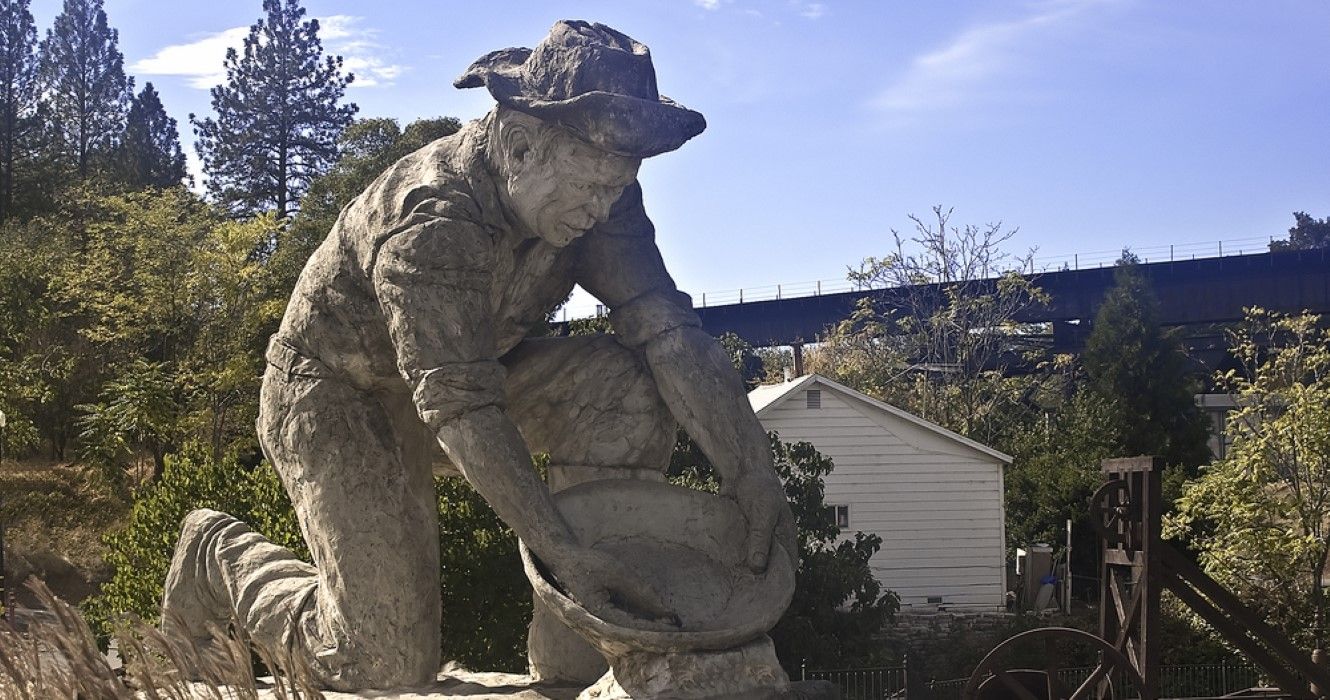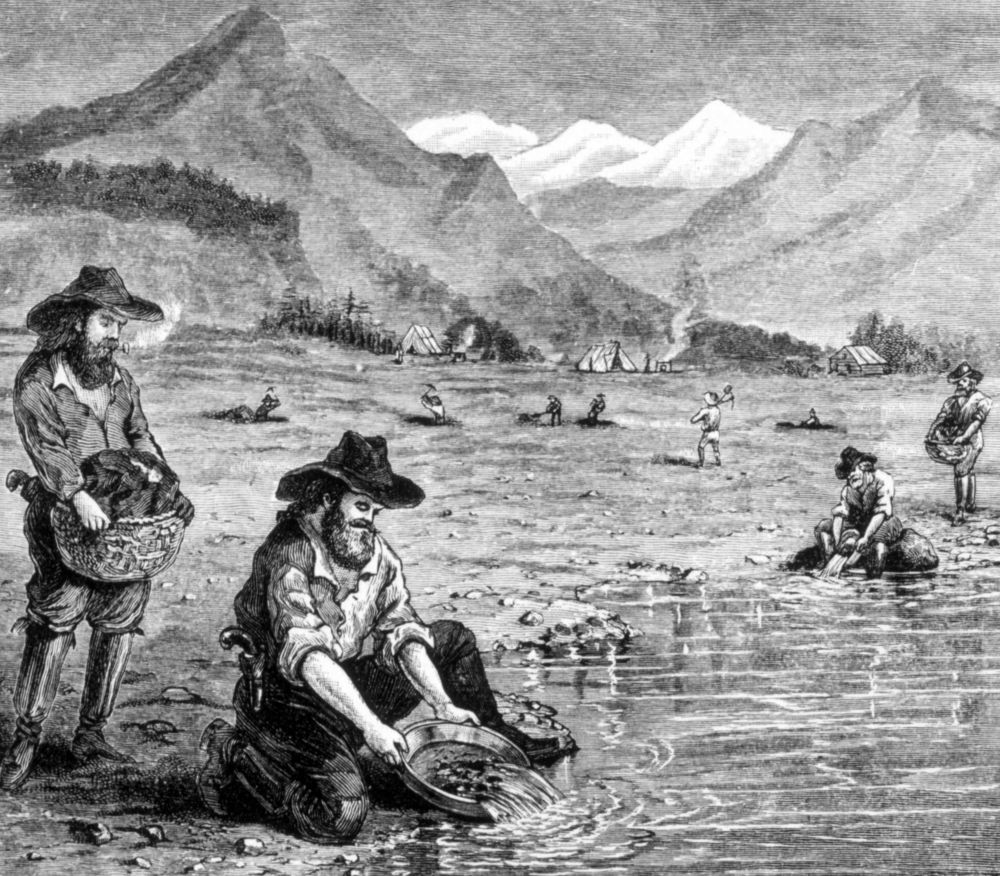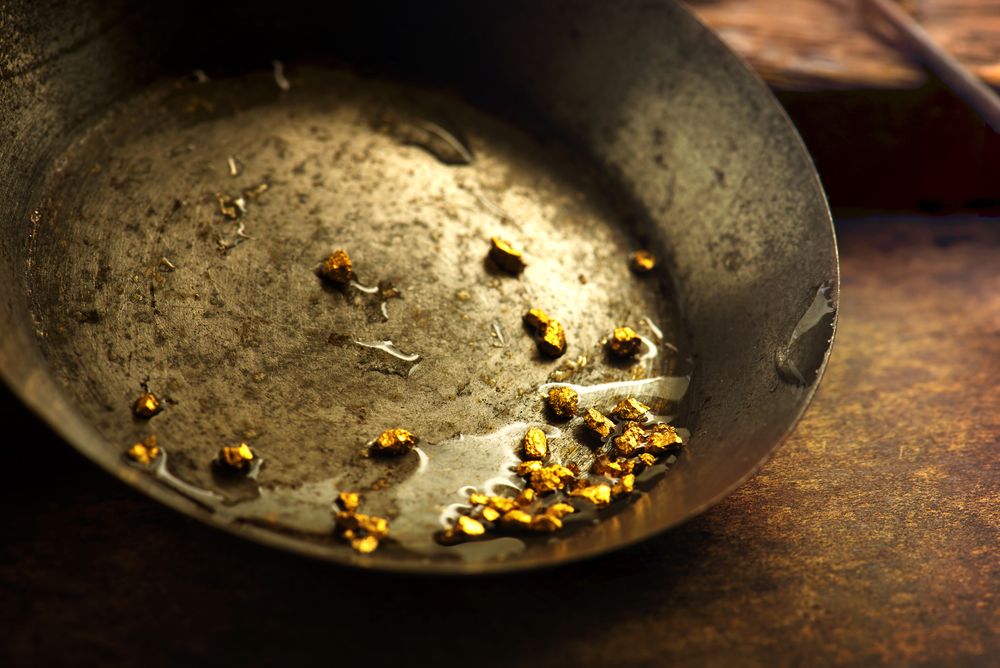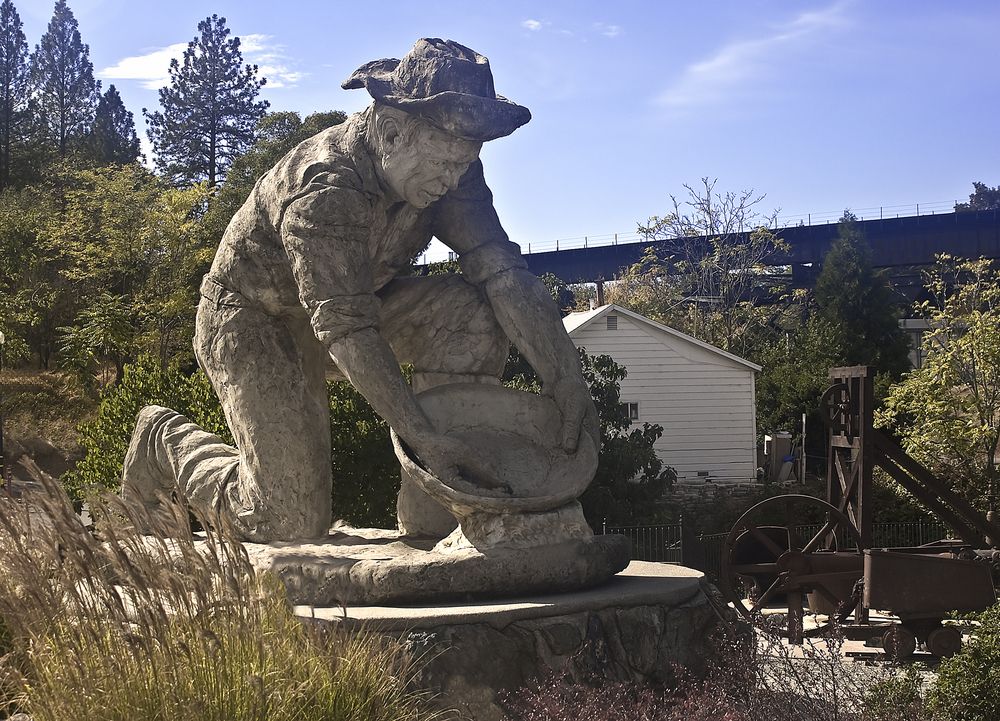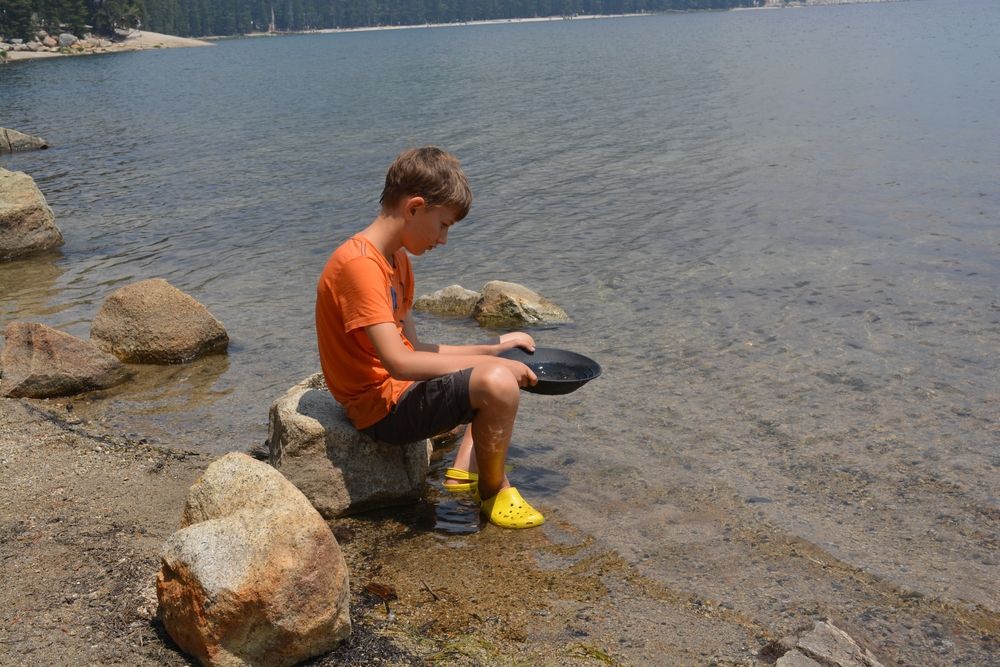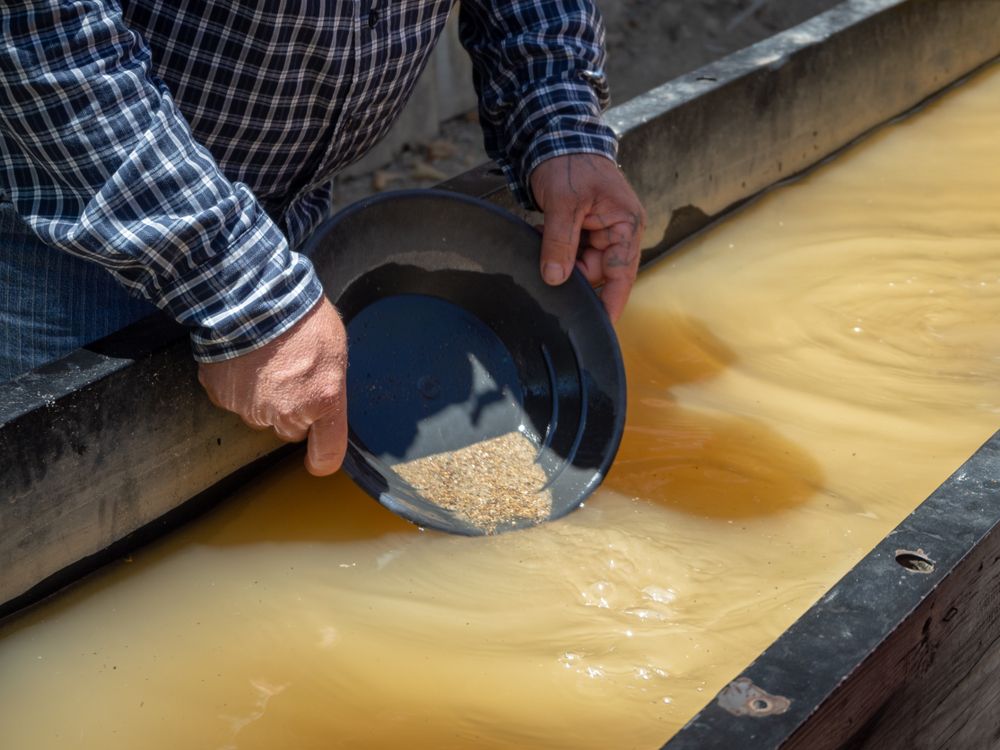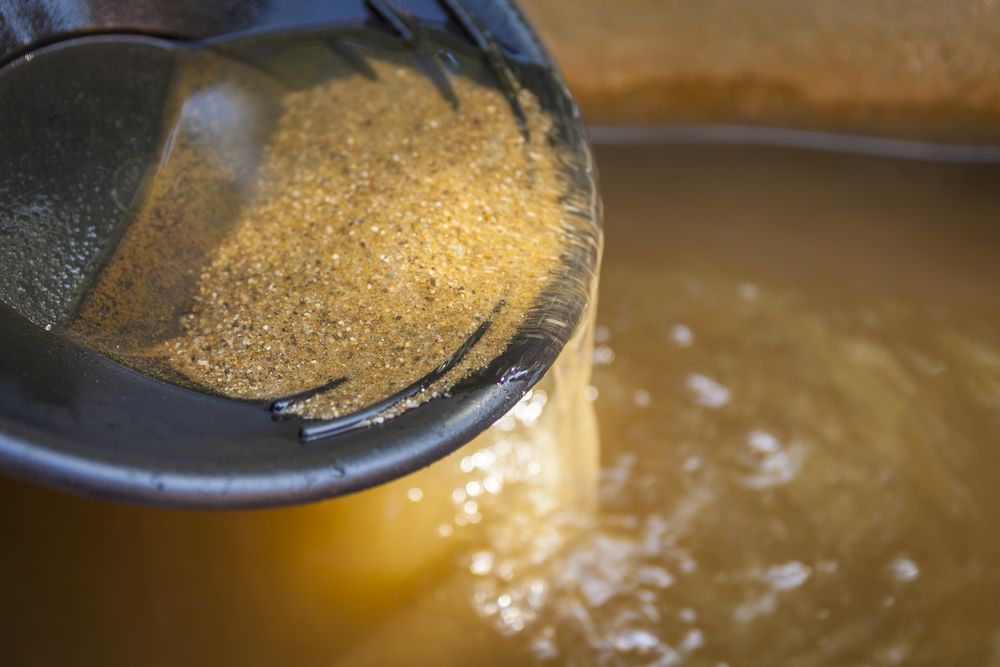Quick Links
The Golden State has everything, from Redwoods to Hollywood, from mountains to deserts, from wild natural experiences to coastal road vacations. Without some unexpected hidden wonder, tourists’ journeys would not be complete. They may have visited well-known tourist destinations and sites like Yosemite National Park, the Los Angeles County Museum of Art, and the eerie Winchester Mystery House, but California has a lot more to offer. California is full of unexpected surprises, from its odd attractions to its unique and distinctive landmarks. One of its unusual things to do is gold panning. When James W. Marshall discovered gold flakes in 1848 at Sutter's Mill in Coloma, the California Gold Rush officially got underway. An estimated 300,000 individuals came to California in pursuit of gold between 1848 and 1855. Prospectors still visit the Golden State over 200 years later. There are not many profitable vacations, but if tourists go prospecting for gold, they never know. Here are how and where to pan for gold in California.
Here Is Where You Can Pan For Gold
There are numerous locations where tourists may go if they wish to spend the day panning for gold without needing a mining claim or other particular authorization. In California, there are many areas that have been designated for recreational prospecting. The spots listed below allow tourists to spend a day sluicing or panning for gold for free. To learn the most recent laws and restrictions for a particular location, it is always a great idea to check with each land or park management.
Go To Auburn State Recreation Area
One mile (1.6 km) south of Auburn, California, tourists will find this fantastic place to pan for gold. The North and Middle Forks of the American River are covered by it for more than 40 miles (64.3 km). These two rivers both have a long mining history and can be used to pan for good gold. It used to be a wonderful location to detect gold nuggets, but recently the rules were altered, and it is now prohibited. Only in continuously running streambeds is recreational gold panning permitted. Metal detector usage is strictly forbidden. There are numerous locations to explore despite these restrictions. Tourists can discover the miles of riverbank they have at their disposal!
Head To Butte Recreation Area
Permits for specific places within the Butte Recreation area, which is located about 25 miles (40.2 km) northeast of Chico, are provided for day-use gold panning and sluicing. At the BLM office in Redding, permits are issued. A permit will guarantee about 100 yards (91.4 m) of riverbank for exclusive use by the allowed tourists.
- Cost: $5 per day
Visit Columbia State Historic Park
One of the biggest towns in California formerly was Columbia. There were around 25,000 people living there in 1853, most of whom were miners exploring the surroundings for treasure. As the Gem of the Southern Mines, it is now a well-liked vacation spot that sees a lot of travelers in the summer. The village was never abandoned, unlike many other Gold Rush towns. On Highway 49, this State Park is situated three miles (4.8 km) north of Sonora. There are several options for gold panning among the tourist activities related to the gold rush in the region. Although this area is now more of a tourist destination than a traditional mining area, it is still a fabulous place to visit and a great choice for families. Tourists can roam the town and look at miner cabins, the jail, the assay office, the fire station, and many other things. If tourists want to pan for gold and gemstones, they must check out Matelot Gulch Mining Company. There, they can learn from experienced panners.
Learn How To Pan For Gold
Learning how to gold pan is the ideal approach to beginning friends’ or family's hunt for gold. Lessons are offered at a number of places in California, including El Dorado County historical sites. Tourists must consider taking a tour of The Marshall Gold Discovery State Historic Park or Strike It Rich Adventures and its museum, or the Gold Bug Park & Mine before their session. They will brush up on their gold panning skills and learn everything there is to know about how the Gold Rush got started and life for the miners. Then, tourists will go on a short journey. Later, they must purchase n a gold pan or two; they can typically find these in the museum gift stores, or they are frequently available at Walmart and Home Depot if tourists would like to prepare ahead of time. They will also need to bring other tools with them, including a small shovel for river sediment, a couple of folding chairs to rest, and a container to store their found gold, such as a glass vial. Tourists should also wear appropriate clothes and shoes that they do not mind getting dirty. Near a lot of the creeks, rain boots are useful to have. Once tourists have their equipment, they can test their newly acquired skills by going gold panning in real life on the American River.
- Other great places for panning: Jamestown, Pine Grove, Sutter Creek, Placerville, etc.
Best Times For Gold Panning
One of the best times to pan for gold is when there has been significant rainfall or even a flood in the surrounding mountainous areas because water helps remove some of the upper soil layers, bringing down a lot more material from the mountains. Gold and gems are frequently found downstream! On the other hand, during summer or in places experiencing a drought, low water levels make it simpler to access areas with black sand, which makes it much simpler to discover gold! Additionally, gravel and ore in the mountains are often broken up by snowmelt, and once the weather starts to warm up a bit, this material is carried down into the streams and rivers.

